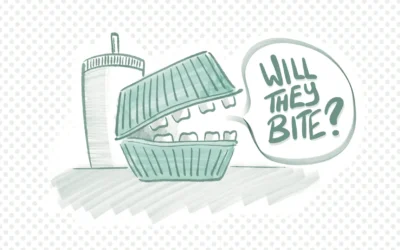For nearly the entirety of my post-secondary education, tuition has been frozen in Alberta for domestic students, meaning that I’ve been paying the same amount for tuition each year since 2015. In that year, Alberta’s newly minted NDP government came into power, bringing with them a tuition freeze that has since been extended twice.
According to the Government of Alberta, the tuition model has been under review since 2016, and although first recommendations were slated to be released in November of 2017, we’ve yet to see anything surface.
Anything long-term and solid, that is.
Since their election, the Government of Alberta has relied on tuition freezes as a band-aid solution to the larger problem of Alberta’s tuition model (or lack thereof), and with an election looming on the horizon, domestic students still don’t know what to expect from their tuition beyond the 2018-19 year.
For international students, tuition is an entirely different ball game. International tuition is decided completely by institutions, meaning universities can choose to increase tuition as much as they would like, over whatever time period they have determined.
In December of 2016, while domestic tuition remained frozen, international tuition at MacEwan was increased by a jarring 15 per cent over two years, increasing costs by thousands of dollars for some students. Though specific arguments from the university have varied, this move was largely seen by students as a means of filling the funding gap left by the tuition freeze for domestic students.
Students across the province have been vocal about our concerns regarding the tuition problem, but little seems to have come forward in terms of solutions. Throughout the last few years, elected representatives from the Students’ Association of MacEwan University (SAMU), including myself, have been meeting with local MLAs to advocate on this issue, while our counterparts from across the province have been doing the same in their local areas.
As members of the Council of Alberta University Students (CAUS), we have been clear about our objective: a long-term, sustainable tuition model, which is put into law and has all future tuition increases tied to inflation.
With no end in sight to the review currently being conducted on tuition, students are worried by the uncertainty in our future regarding the cost of tuition. This is not (yet) a conversation on how, if, or when tuition should increase. Instead, it’s about keeping the government’s discussion around tuition productive and transparent.
You don’t need to look any further than our neighbours Saskatchewan, Manitoba, and British Columbia to see why a continual reliance on freezes is not viable. Students in these jurisdictions experienced severe tuition raises following a freeze, with Saskatchewan increasing its tuition by more than 25 per cent over two years. Here in Alberta, 2010 saw the introduction of market modifiers, a mechanism used to arbitrarily increase tuition for certain programs based on what institutions elsewhere in the country were charging.
The justification used to bring about this particular change was the period of tuition freeze that the province had gone through recently, forcing students to pay significantly more without a comparable increase in the quality of education provided.
So, it’s evident that while tuition freezes can be a positive force in ensuring accessibility and affordability, using them as a crutch in lieu of any long-term plan only hurts students in the long-term.
In their 2015 platform plan, the Alberta NDP lamented the past government’s actions that had resulted in tuition increases in the province, “making post-secondary education still more unaffordable for Alberta families.” Today, we look to that same party to provide the leadership it promised, and deliver on the tuition problem.





0 Comments